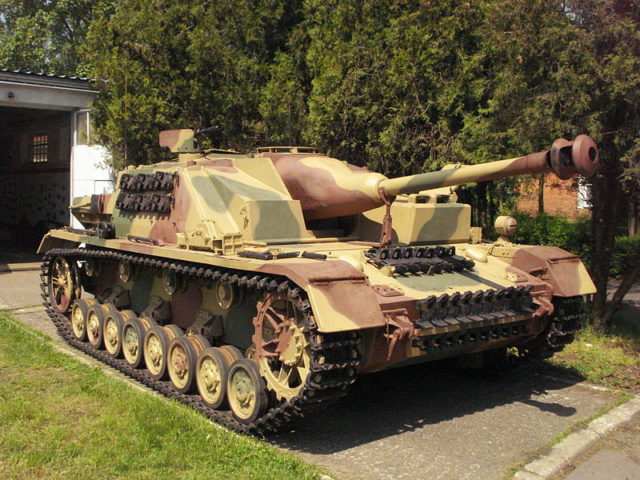German StuG IV Sturmgeschütz 75mm Tank Destroyer at the Armoured Weapons Museum, Land Forces Training Centre, Poznań, Poland.
On the 18th January 1945, German forces were retrating back westward as the 1st Belorussian Front was marching towards them. The armored column was spread out and two German tank destroyers were traveling in the direction of Koło on the embankment of the railway. One of the Stugs had a mechanical failure and had to be abandoned. As the German always tried to destroy it’s armor if they had to abandoned it then this was the fate of this broken down Stug too.
The remaining Stug continued on its withdrawal. It reached the Rgilewka river and as it was frozen, it started to drive across it. This was common practice during the harsh winters. The crew may have made a bad judgement as the ice couldn’t take the weight of the Stug as it cracked the ice and sank immediately. Two of the four crew escaped but two went to the bottom with the Stug.
The two crew members made it to safety to the nearby village and were looked after by the villagers for the night. The following day they tried to hook up with their forces but were captured by Soviets troops and shot and buried where they fell.
During the Spring of 1945, the two bodies of the crew who sunk with the Stug were discovered, along with their belongings, badges, showing that they had served in the Crimea between 1941-1942 which was a tough campaign. During 1954, there were several attempts to recover the wreck from the river by Polish military. But all the recovery vehicles became bogged down and the first attempt was abandoned. For the second recovery attempt a railway crane was used but the weight (Stugs are around 23 tons and would be full of water and silt) of the load nearly pulled the crane over. They eventually gave, up and the wreck was left on the river bed and was a memory for the next 50 years.
Until 2006, when topic the wreck came back to life by a group of amateur historians. They retraced the steps of the previous attempts and found the wreck that was after 5 decades sitting on the river bottom covered with 10 feet of mud. Modern day equipment made the recovering job a lot easier and the Stug was recovered in two sections ‘turret’ was removed and recovered first in 2006 and then in 2008 the hull was recovered.
The easiest way to tell a StuG III from a Stug IV is to count them number of road wheels. A Stug III has six road wheels and a StuG IV has eight as it has a longer chassis and is based on the Panzer IV tank and not the shorter Panzer III. Normally the Panzer IV tank has 4 Returnroller on the upper section of the track but both 3 and 4 Returnroller-versions were produced side by side, starting in december 1944.
It was moved to Poznań and by the summer of 2009, it was restored to running condition. As of 2012, it’s the only running StuG IV in the world and one of three preserved examples at all (one is also in Poland and second in Latvia). As you will see in the images below – the restoration is of the highest order. A unique piece of history that has been saved. All images The Ghosts of the Eastern Front
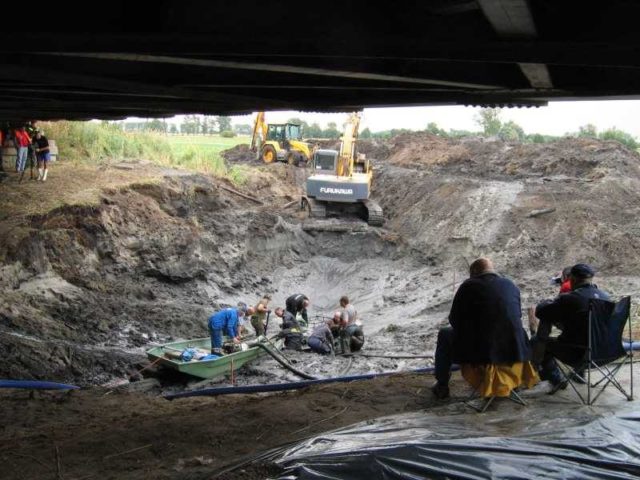
1
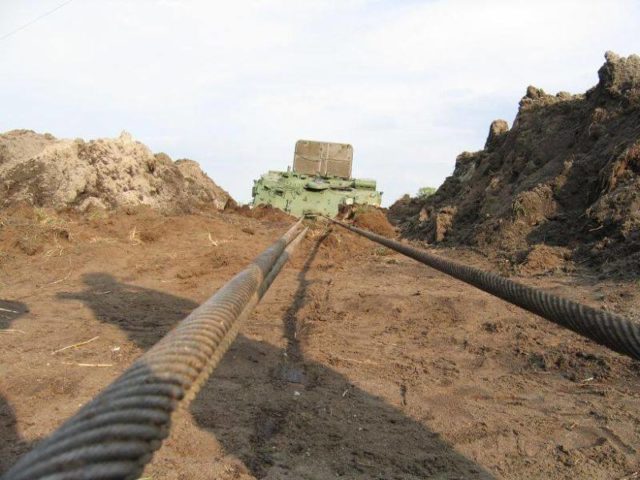
2
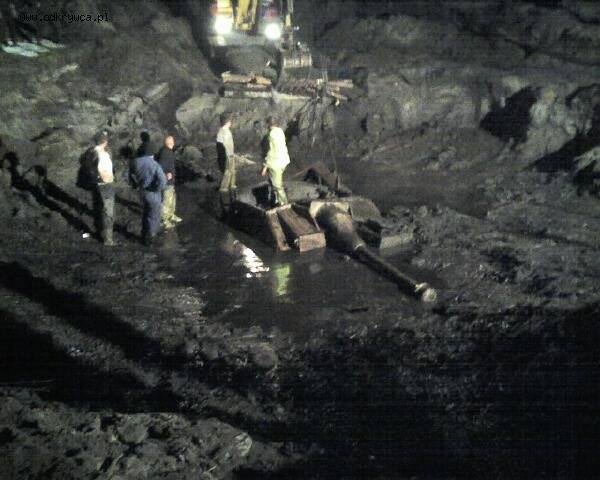
3
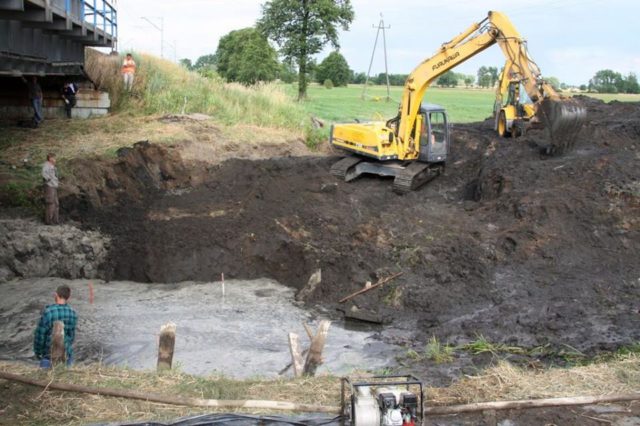
4
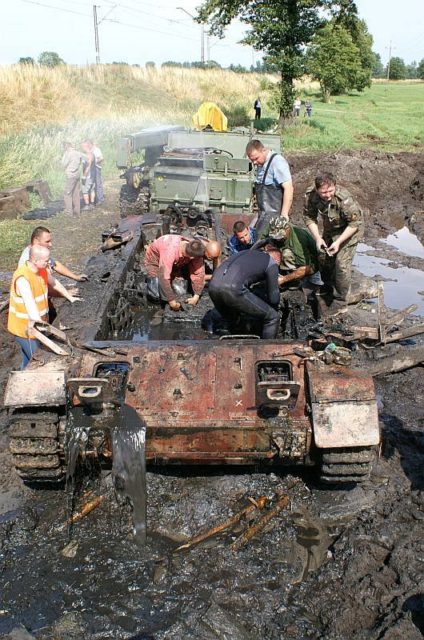
5
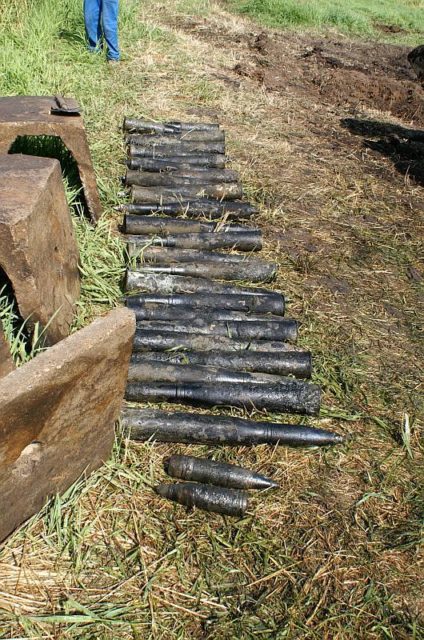
6
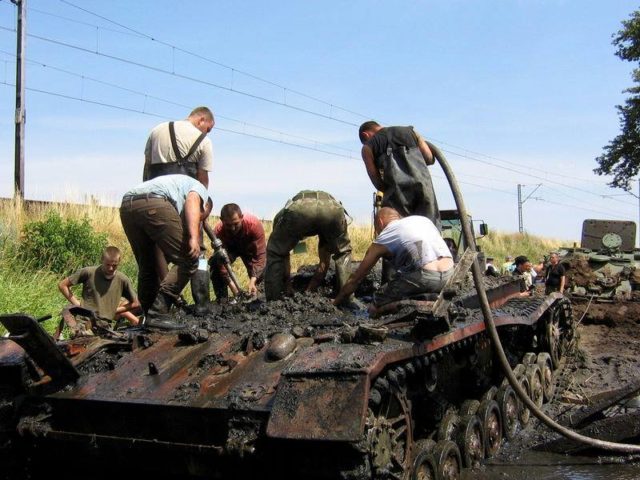
7
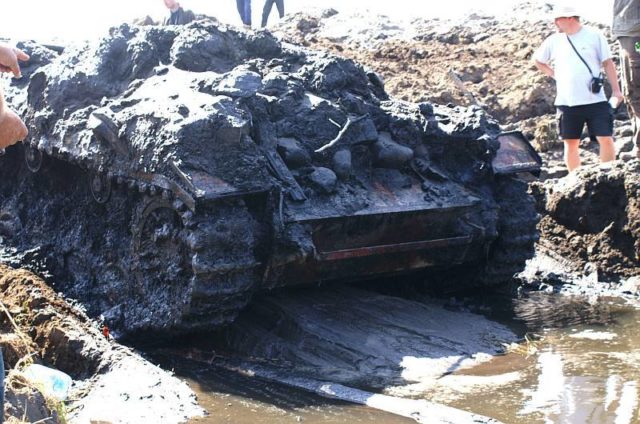
8
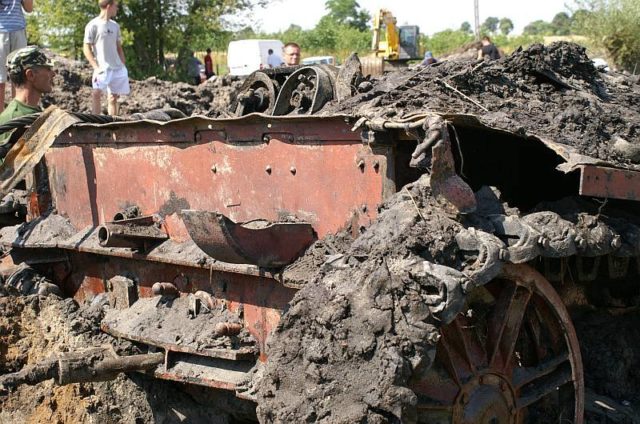
9
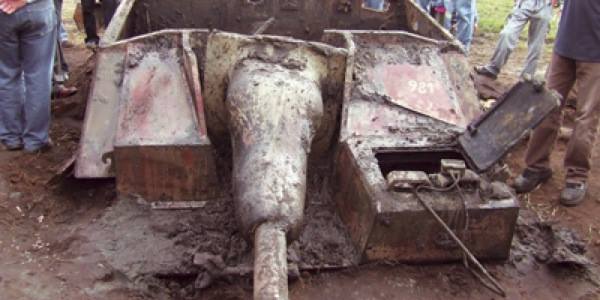
10
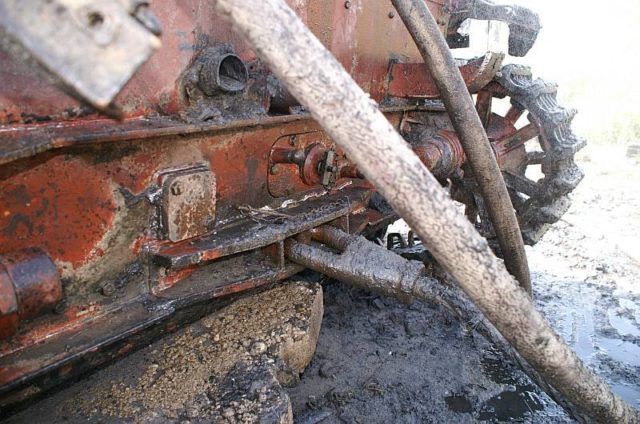
11
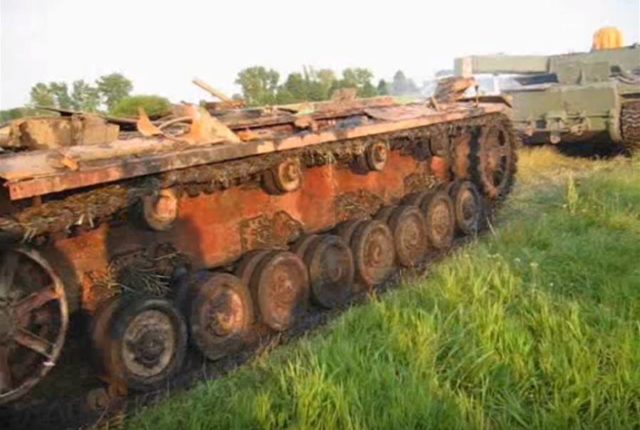
12
The Sturmgeschütz IV (StuG IV), was a German assault gun variant of the Panzer IV used in the latter part of the Second World War.
Identical in role and concept to the highly successful StuG III assault gun variant of the Panzer III, both StuG models were given an exclusively tank destroyer role in German formations and tactical planning in the last two years of the war, greatly augmenting the capability of the dwindling tank force available to the German army on the Eastern and Western fronts.
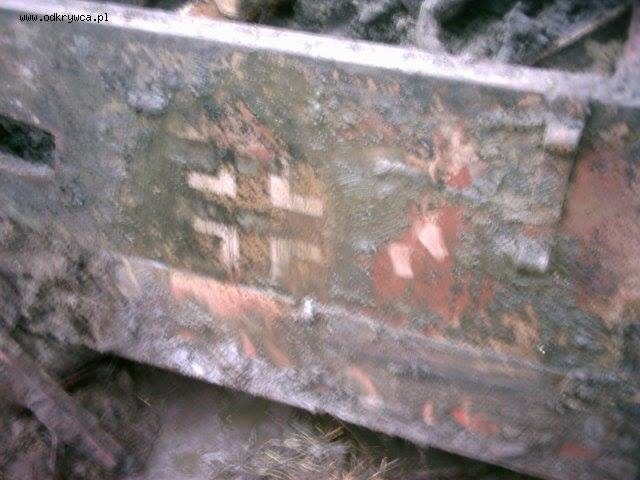
13
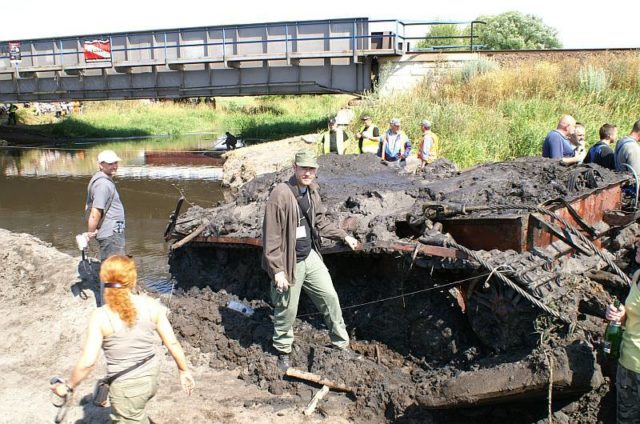
14
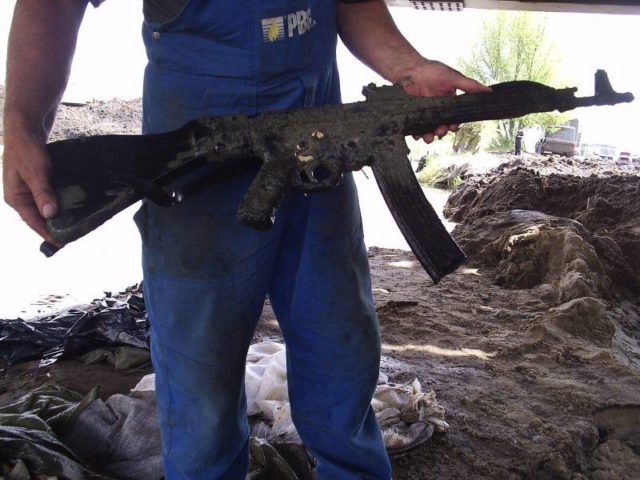
15
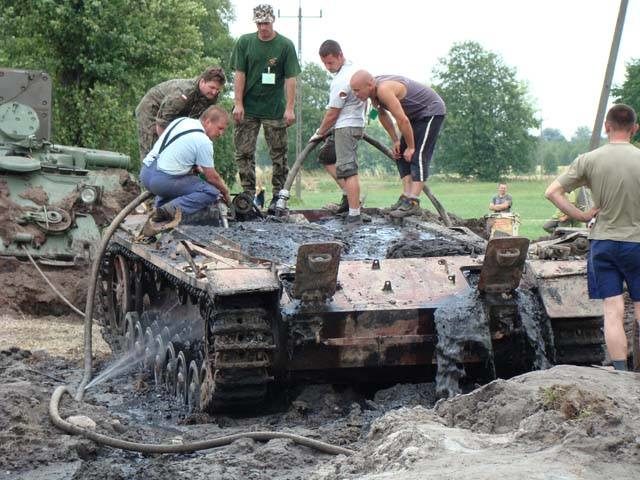
16
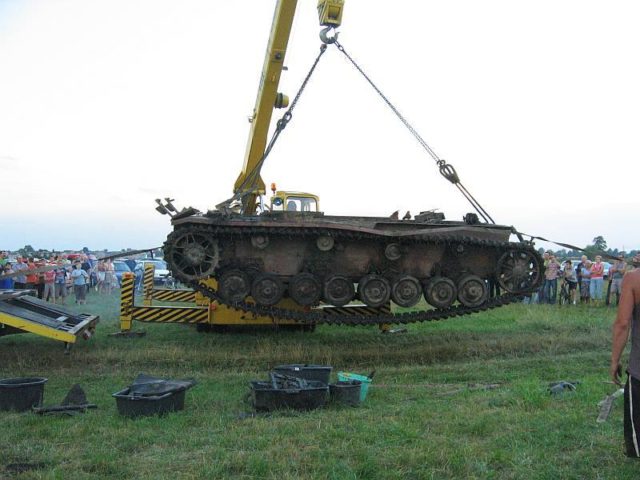
17
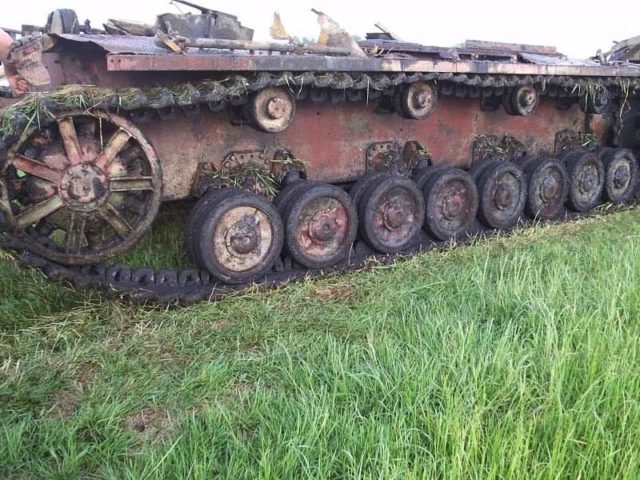
18
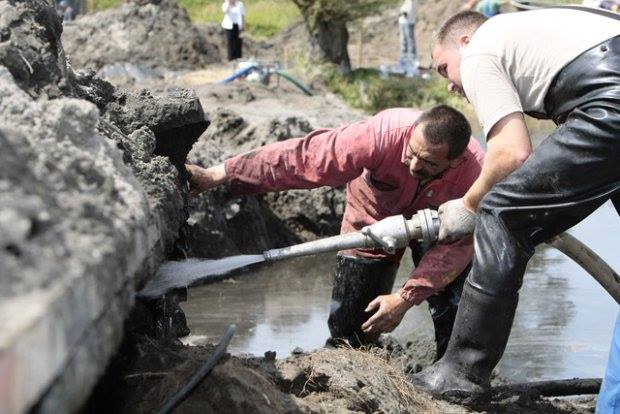
19
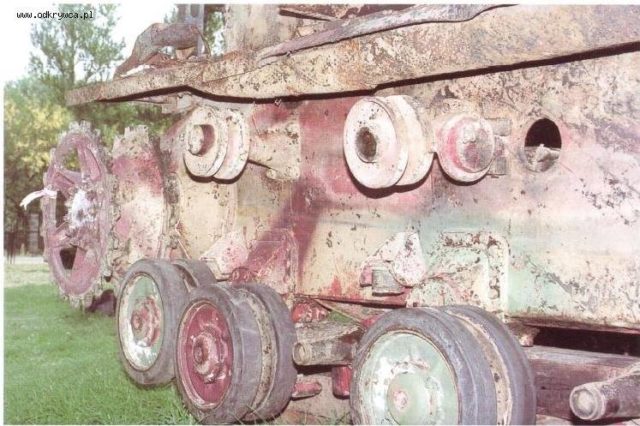
20
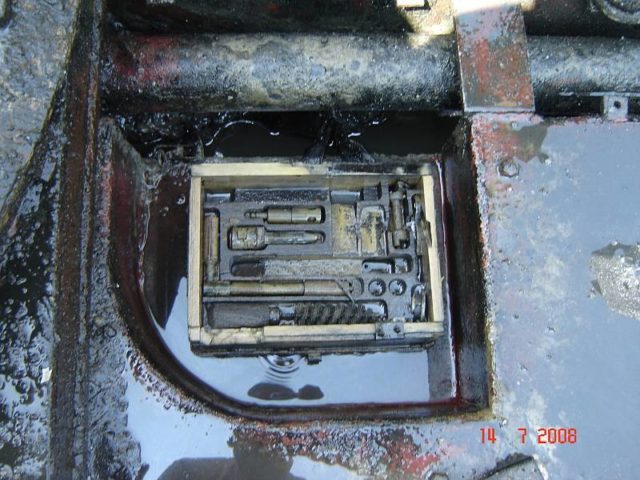
21
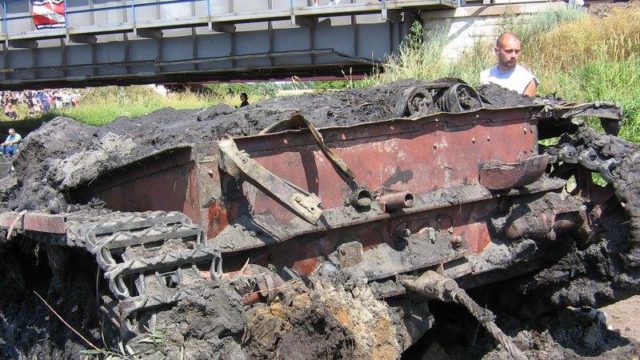
22
From December 1943 to May 1945, Krupp built 1,108 StuG IVs and converted an additional 31 from battle-damaged Panzer IV hulls.
While the number is smaller than the 10,000+ StuG III, the StuG IV supplemented and fought along with StuG III during 1944-45, when they were most needed.The StuG IV became known as an effective tank killer, especially on the Eastern Front.
It had a four-man crew, and was issued mainly to infantry divisions. Commander in hull left rear – Gunner in hull left center – Loader in hull right rear – Driver in hull left front
Thousands of working hours, devotion and the support of many people, various companies and workshops went into recreating StuG IV
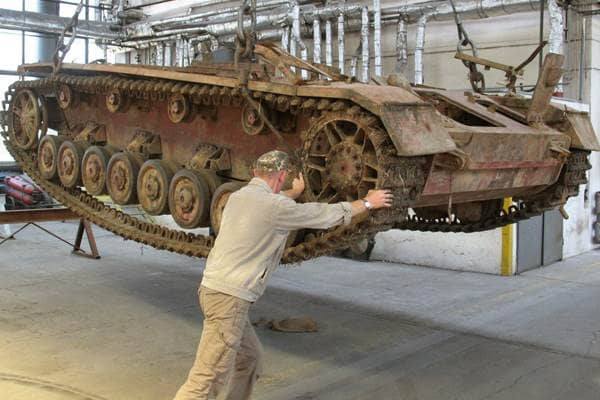
23
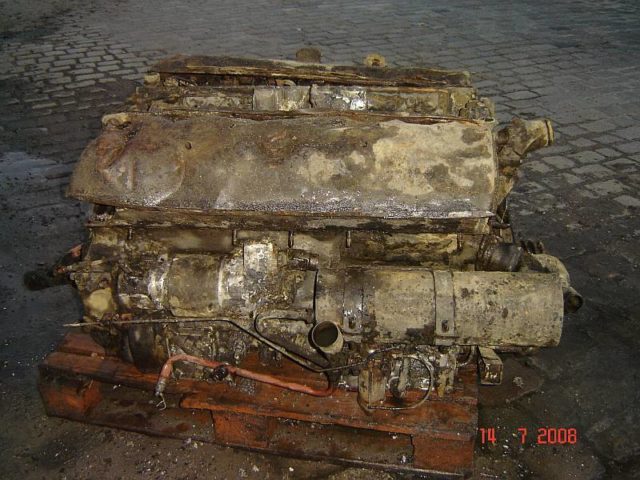
24
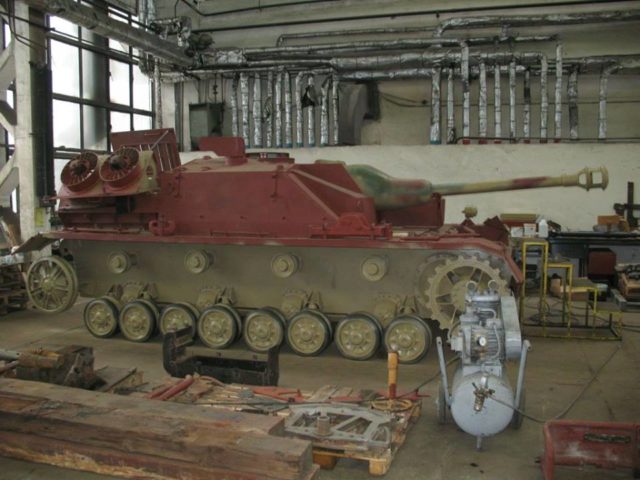
25
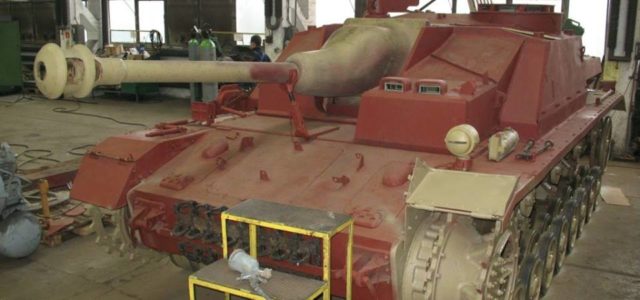
26
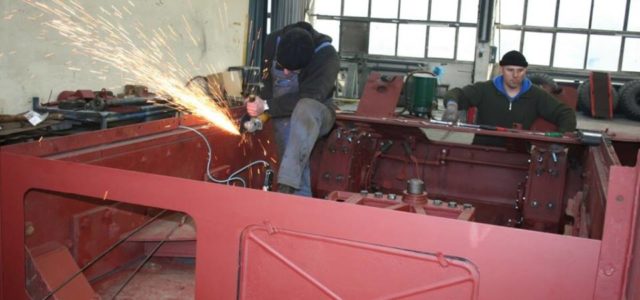
27
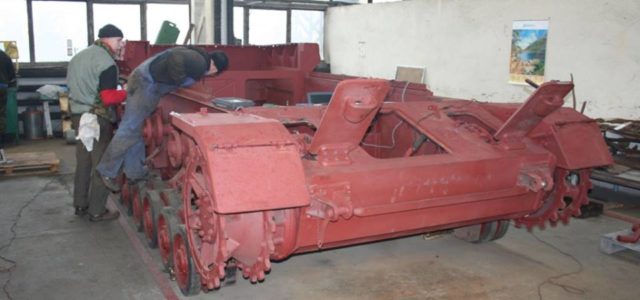
28
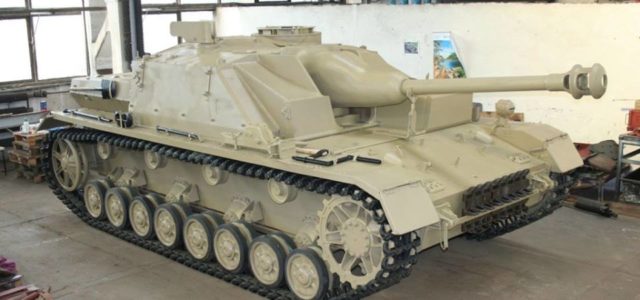
29
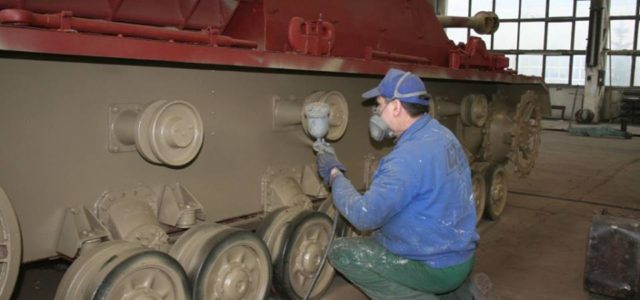
30
The StuG IV kept by the Armoured Warfare Museum in Poznań, Poland and here it is in all its glory.
